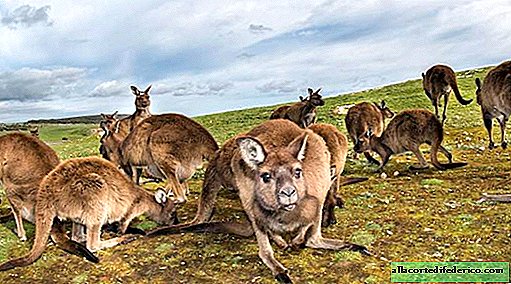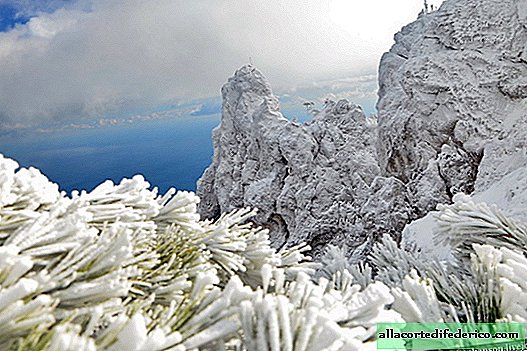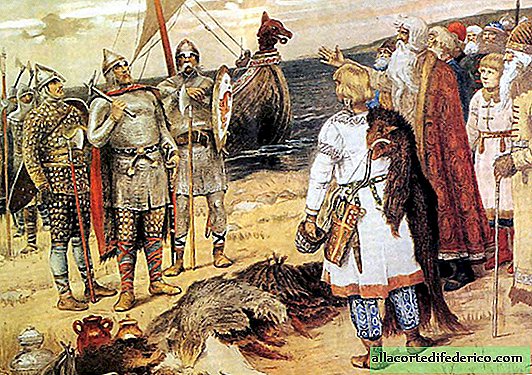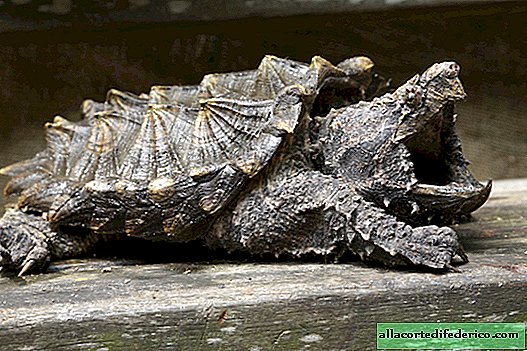What plants produce the bulk of oxygen on the planet
From school, everyone remembers that forests are the lungs of our planet. But, as it turned out, this is not a completely true statement. Yes, oxygen for our atmosphere is really produced by green plants. During photosynthesis, they absorb carbon dioxide and produce oxygen. But forests play in this process not the only and far from the main role.
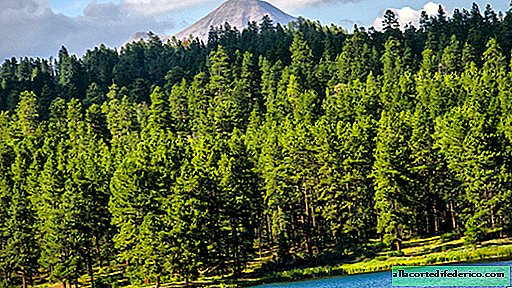
According to scientists, the plants of our planet annually produce more than 140 tons of oxygen. About 60% of this volume is spent on the processes of oxidation and decomposition of organic substances, that is, all kinds of residues of plant and animal organisms. And the rest is absorbed as a result of breathing by the inhabitants of the planet. Equatorial forests are the largest producers of oxygen on the planet. But they are also its largest consumers. The fact is that moist forests have the greatest biodiversity and density of the animal population among all the ecosystems of the planet. Literally every millimeter of space is saturated with life there. Many creatures consume oxygen in the process of respiration, and rotting plant residues spend the rest of the useful gas on themselves. Thus, it turns out that these forests produce oxygen sufficient only for their own existence. Things are a little better in the forests of the temperate zone, where space is not so abundant in life. But coniferous forests, as scientists have found, cannot be called the main producers of oxygen on the planet in the full sense of the word.
Where, then, does oxygen come from on the planet, the amount of which is sufficient for the existence of all mankind and billions of other living things? As it turned out, the main producer of healthy oxygen on the planet is phytoplankton. Yes, it is these invisible workers that ensure the existence of most of life both in the ocean and on land. Phytoplankton includes unicellular algae and cyanobacteria that can produce oxygen. According to scientists, the world phytoplankton produces 10 times more oxygen than it consumes. And on the decomposition of organic residues in the oceans much less oxygen is spent than on land.

Thus, about 40% of the oxygen produced by phytoplankton is not consumed locally, but enters the atmosphere. Thanks to these microscopic creations, life exists in hot deserts and in polar regions where there are no oxygen producers of their own. And of course, thanks to the work of phytoplankton, all of humanity exists on the planet. Therefore, do not forget that the Earth is our common home, which must be treated more carefully. After all, even tiny algae play such an important role in the existence of the planet.


